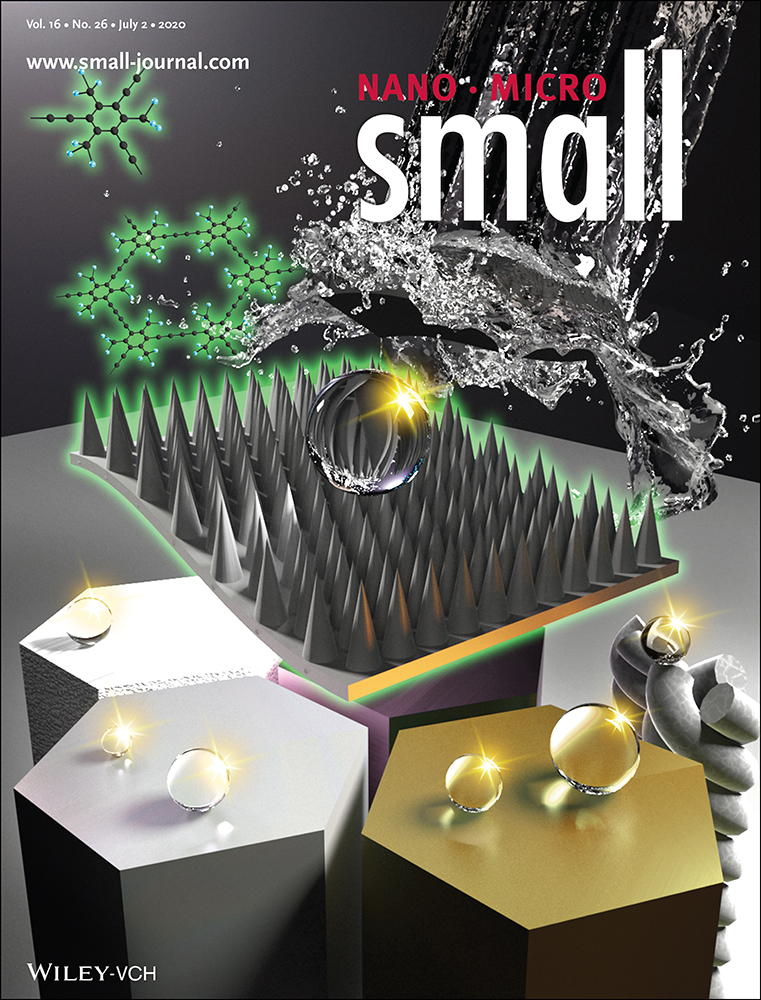In Vivo Repeatedly Activated Persistent Luminescence Nanoparticles by Radiopharmaceuticals for Long-Lasting Tumor Optical Imaging
Abstract
Persistent luminescence nanoparticles (PLNPs) with rechargeable near-infrared afterglow properties attract much attention for tumor diagnosis in living animals since they can avoid tissue autofluorescence and greatly improve the signal-to-background ratio. Using UV, visible light, or X-ray as excitation sources to power up persistent luminescence (PL) faces the challenges such as limited tissue penetration, inefficient charging capability, or tissue damage caused by irradiation. Here, it is proved that radiopharmaceuticals can efficiently excite ZnGa2O4:Cr3+ nanoparticles (ZGCs) for both fluorescence and afterglow luminescence via Cerenkov resonance energy transfer as well as ionizing radiation. 18F-FDG, a clinically approved tumor-imaging radiopharmaceutical with a short decay half-life around 110 min, is successfully used as the internal light source to in vivo excite intravenously injected ZGCs for tumor luminescence imaging over 3 h. The luminescence with similar decay time can be re-obtained for multiple times upon injection of 18F-FDG at any time needed with no health concern. It is believed this strategy can not only provide tumor luminescence imaging with high sensitivity, high contrast, and long decay time at desired time, but also guarantee the patients much less radiation exposure, greatly benefiting image-guided surgery in the future.
Conflict of Interest
The authors declare no conflict of interest.




